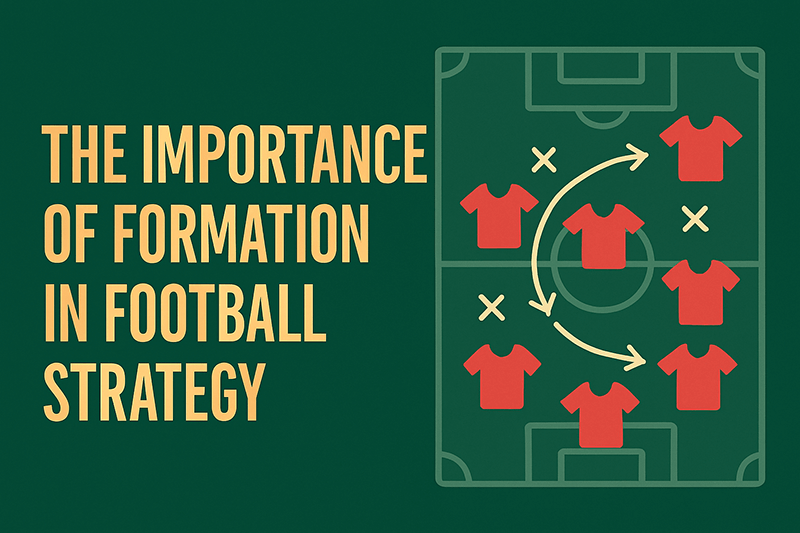The Importance of Formation in Football Strategy: Build Smarter Teams

In football, a team’s success often begins with the right formation. A well-structured formation is more than just placing players on the pitch—it defines the team’s strategy, balance, and flow of play.
Choosing a formation like 4-4-2, 4-3-3, or 3-5-2 impacts how a team defends, attacks, and controls the midfield. Defensive formations tend to focus on compact shapes and stability, while more offensive systems provide space and support for attackers. The key is choosing the right setup based on your team’s strengths and the opponent’s weaknesses.
For example, a 4-3-3 formation offers strong midfield control and wide attacking options, while a 5-3-2 setup prioritizes defensive strength with the ability to counter-attack. In smaller-sided games like 5-a-side or 7-a-side, the importance of player positioning becomes even more critical due to the limited space.
Formations also help players understand their roles and responsibilities. A clear tactical shape promotes communication and teamwork. Coaches use formations to train patterns of play, improve team shape, and prepare for specific scenarios.
Ultimately, the right formation gives a team identity. It’s the blueprint for how players move, press, and score. Whether you’re managing a professional squad or setting up a friendly game, understanding formations is essential for strategic success.
Tools like GamePlanMaker.com allow users to experiment with different football formations and share tactics easily. Visualizing your lineup before the match helps build confidence and improves team coordination.
